From the moment the plane settles on the tarmac at Fiumicino, you sense something is going on. Rome is excited, on edge, disrupted by the huge volume of visitors, vans, cameras, helicopters, cars and noise. Everyone knows. James Bond is in town.
Rome has made Bond welcome. We hear few complaints about the 4km stretch of the River Tiber that is closed, guarded by 250 security staff, while a 350-person crew get on with the job of making it all happen, closing dozens of streets as they do so. The city is chaotic as I close in on the set to see some of those responsible for the upheaval.
Neil Layton works for Effects Warehouse, which, as the name suggests, ensures that modern movies are as spectacular as audiences demand. He has arrived in Rome straight from the set of the latest Star Wars film to get stuck into Spectre.
Layton is used to prepping stunt cars, but with vehicles as special as the Aston Martin DB10 and the Jaguar C-X75, there are unique problems. “The hardest thing about this is that both the Jag and Aston are bespoke,” he says. “Everything is bespoke. The cars aren’t difficult – more the timescales and getting hold of them in the first place.”
Ahead of filming, Layton had little to work with. “The DB10s were still being built,” he explains. “So Aston gave us a mule car to practise with in the meantime. It was a widened, lengthened V8 Aston Martin Vantage, which we had on track, so we had an idea of what they were going to drive like.” This allowed Layton’s team to feed back into the production process.
“We had four and a half months’ talking to Aston Martin to get the cars ready for the shoot,” says Layton. “Some of the modifications are done during production and some are done post. So all the cars have full roll cages and fire extinguisher systems when they arrive, but there are loads of bits we do when we get the cars.”
Once the cars arrive, they are put into batches, depending on what they are needed to do. The cars used for the close-up work, for instance, have relatively little done to them, but some get very serious modification to satisfy the requirements of filming, as well as those of the driver. “The cars always get changes made,” says Layton. “We set them up so they drive like we need them to.”
Piloting the Aston for Spectre is triple British Rally Championship winner Mark Higgins, and his feedback is vital for fine-tuning the cars so that they are ready for Rome. He admits there are few similarities between his new job and his old one, but he enjoys the challenge nonetheless.
“With rallying, you have the different surfaces. You’ve tarmac and gravel,” Higgins explains. “Here, we’ve got cobbles, changing weather and so on, but it’s not that similar at all. Here, you do the same things again and again to get them right. In rallying, you do something once and hopefully you do it well.”
Read our drive in the Aston Martin DB10
Because there is little time to practise on set, planning is paramount. The evidence of this exactitude is evident everywhere. Despite shooting at night, with no camera in the car, Higgins is in a full Bond tuxedo. He’s even wearing the correct Omega Seamaster watch with a Nato strap. “They’ll want this back,” he says, smiling.
He explains that such detail pervades everything that is done on set. “We work really closely with our stunt co-ordinator to plan everything,” he says. “He’ll have ideas. We’ll have run-throughs with the cars so you know what it is going to feel like when you are on those actual cobbles, but you don’t get much actual rehearsal. Once the road is closed off, you get maybe a couple of runs up and down to see what it is like, but that’s it, really. I mean, you can practise on the cobbles at Millbrook [proving ground], but it’s not the same. The first time you know what it is like is when you get here.”
As well as ensuring the drivers are happy with the balance of the car, the camera mounting positions and so on need to be set up to keep the director happy. The most modified and flexible of all the vehicles on set are the ‘pod’ cars.
“The pod cars have a full set of driver controls on the roof so you can have an actor or camera inside the car as it’s moving,” says Layton. “The steering and brakes are fully piped into the car’s systems, but the throttle is a fly-by-wire arrangement especially built for this job.”
Not all of the solutions are so high-tech, though. A huge set of rear-view mirrors is attached to one pod for a specific scene. “The mirrors are pretty big because there’s a high-speed reverse sequence and Mark needed to see where he was going. They look like Mickey Mouse’s ears,” says Layton, “but they work.”
Higgins says driving the pod cars needs extra concentration. As well as the high seating position, he has to make allowances for the remote controls. “The hydraulic steering works well,” he says, “but there is no self-centring action. It feels very different from the regular car.”
The other big issue, of course, is the cameras. “You’ve got other cars around you, but quite often, with the car rigged up, you’re aware of the camera on the front of the car. You’ve got no vision.”
Such limitations make car set-up crucial. Layton says: “The extra weight makes a difference. There are loads of rigs, sump guards, reinforced front grilles… but we need to change the spring rates depending on the set-up to make sure the cars drive properly.”
Asked what the hardest modification has been, Layton pauses. “The flame thrower,” he says. “Sam [Mendes, the director] came to us pretty late with that one. It all works, though. It has to. With Bond, everything is done for real.”
Doing things properly means the cars take a lot of abuse. Layton explains: “They took off on the steps, landed on the steps from about four feet up and just kept taking it.” Higgins is impressed at how well the cars have coped. “We’re doing things six and seven times and I think we’ve had a pipe come off once. That’s not bad when you think the cars are taking off and crashing into the ground.”
Pushed on whether there have been any other problems, Layton admits that an impact on one Aston caused an unexpected lifting of the vast clamshell bonnet, but it was quickly sorted with a combination of bonnet pins and gaffer tape. “We made sure it didn’t happen the next time around,” Higgins says.
Noise levels start to rise as we get nearer to the cameras rolling. Layton and Higgins get ready to go to work, indicating a spot a mile or so downriver as the best place for me to see the night shoot drama. I watch for the next couple of hours as a seamless chase through the streets of Rome is painstakingly pieced together frame by fiery frame.
As well as cameras along the roads, a helicopter shadows each of the runs, hovering mere metres above the murk of the Tiber. If two supercars aren’t dramatic enough, a matt black Mercedes-Benz ML63 AMG with a huge boom camera joins in briefly, driving just metres from the chase across the slippery cobbled walkway. We later find out that the $1.3 million Merc has been shipped over from Los Angeles specifically for Spectre because “it’s the best tool for the job”. Another corner being left conspicuously uncut.
Without giving too much away, the sight of two rare cars howling down the dimly lit towpath of the Tiber at 80mph, separated by 15ft of flame, is hairs-on-the-back-of-your neck stuff. It’s hard to imagine that when spliced into a coherent whole, the final edit will be any less spectacular.
After a couple of hours of action, the major work of the night is over. The chase helicopter climbs high above the ancient city and chops off into the night and crowds dissipate, sensing the fun is over for the night. Layton is walking nearby, chatting into the radio. I ask how successful the night’s work has been. He says it has been a long shift but is pleased with how things have gone.
“It’s always difficult, but there is a pride to working on a Bond film that you get from little else,” he says. ‘‘You know everything that you see on screen is real. The only CGI used is for hiding boom arms and little details. It could all be done in CGI, but it’s not. Because it’s Bond.”
Get the latest car news, reviews and galleries from Autocar direct to your inbox every week. Enter your email address below:


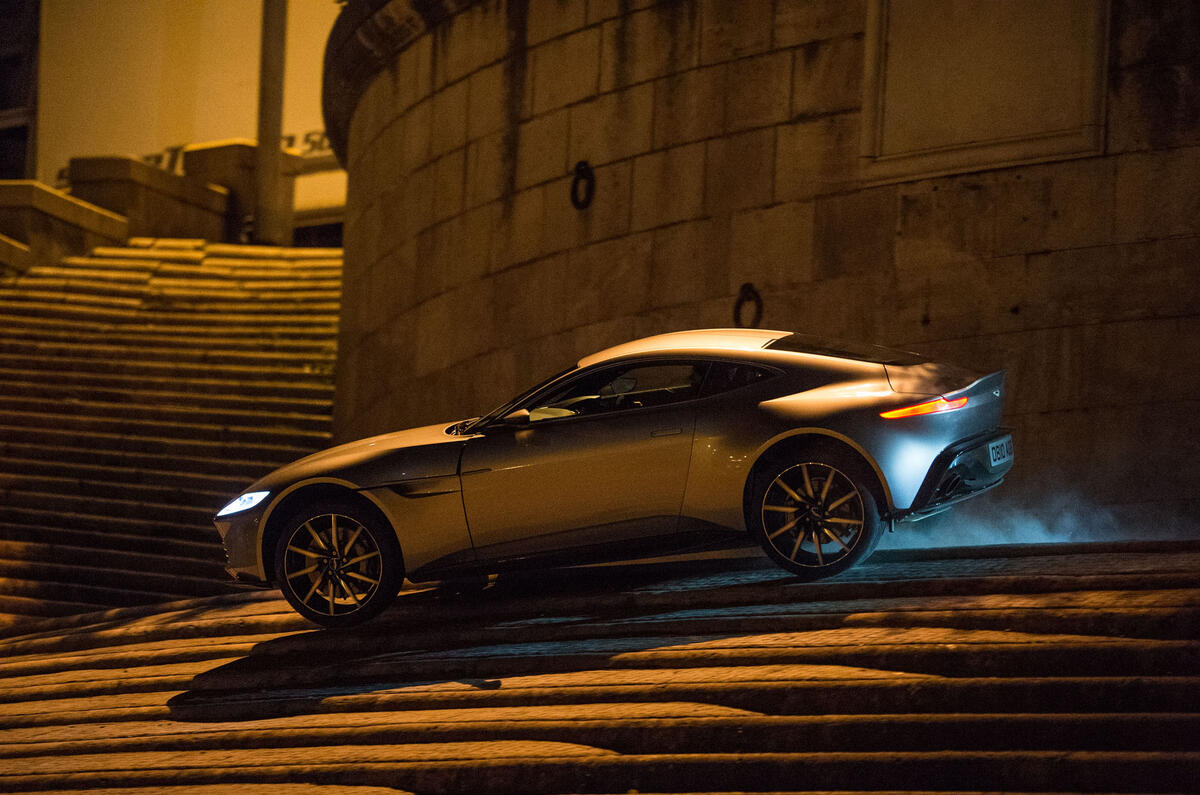
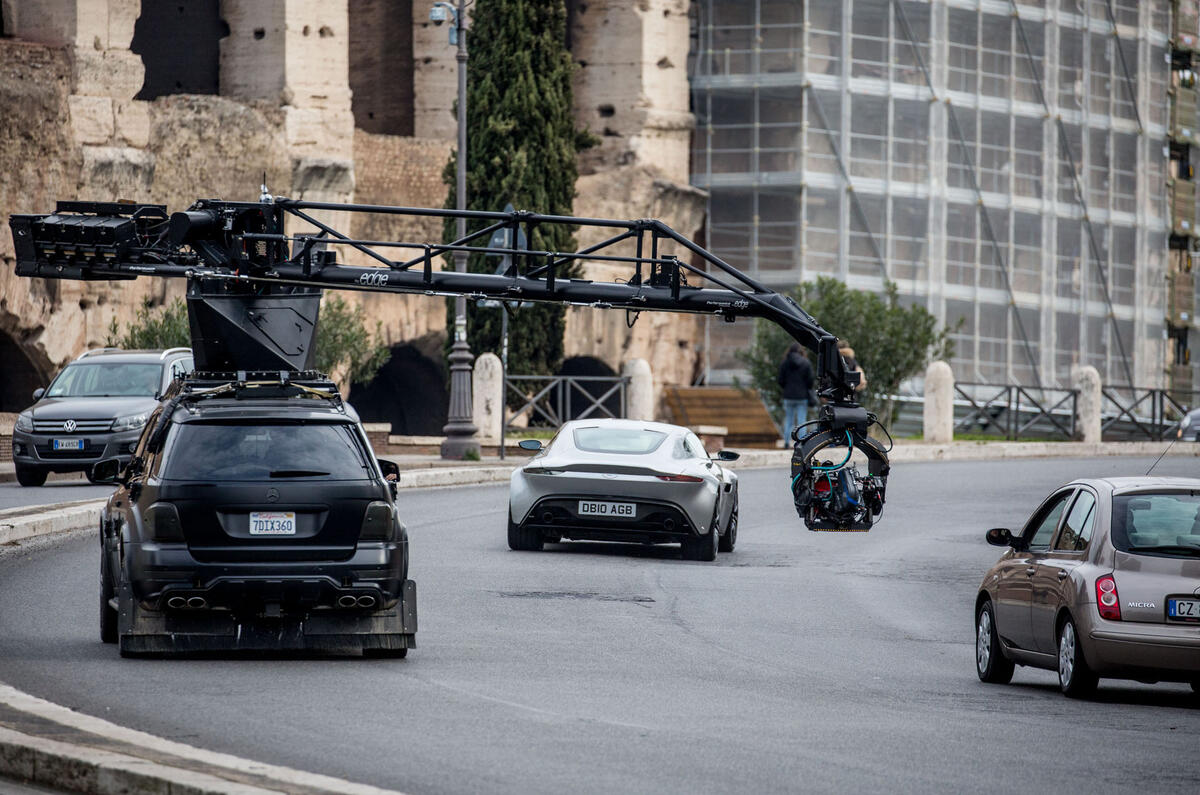
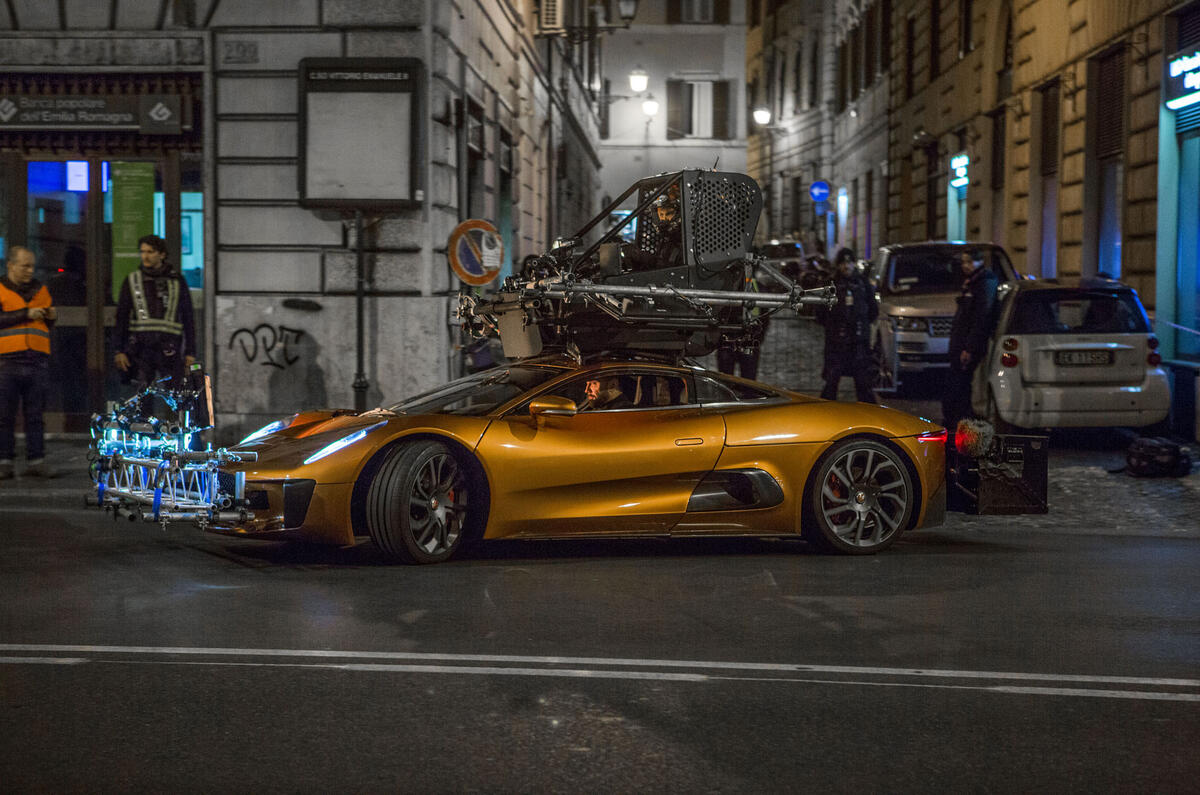
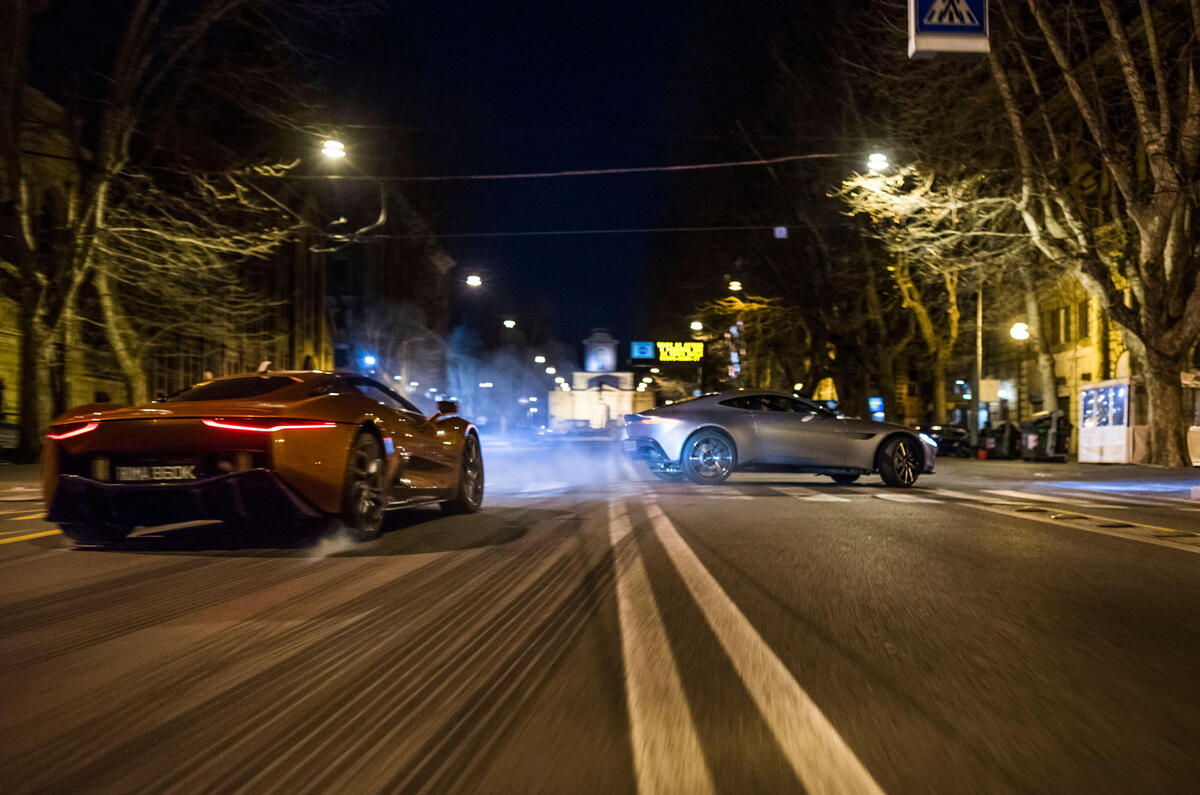
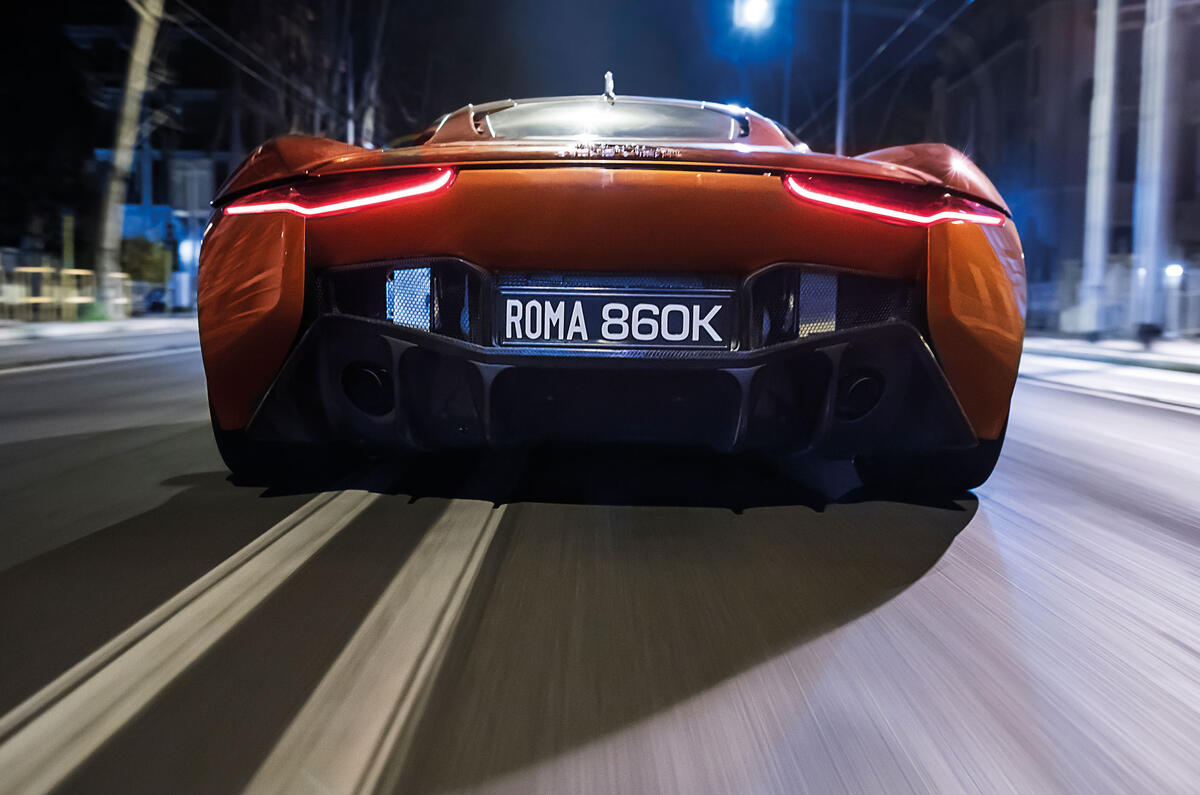
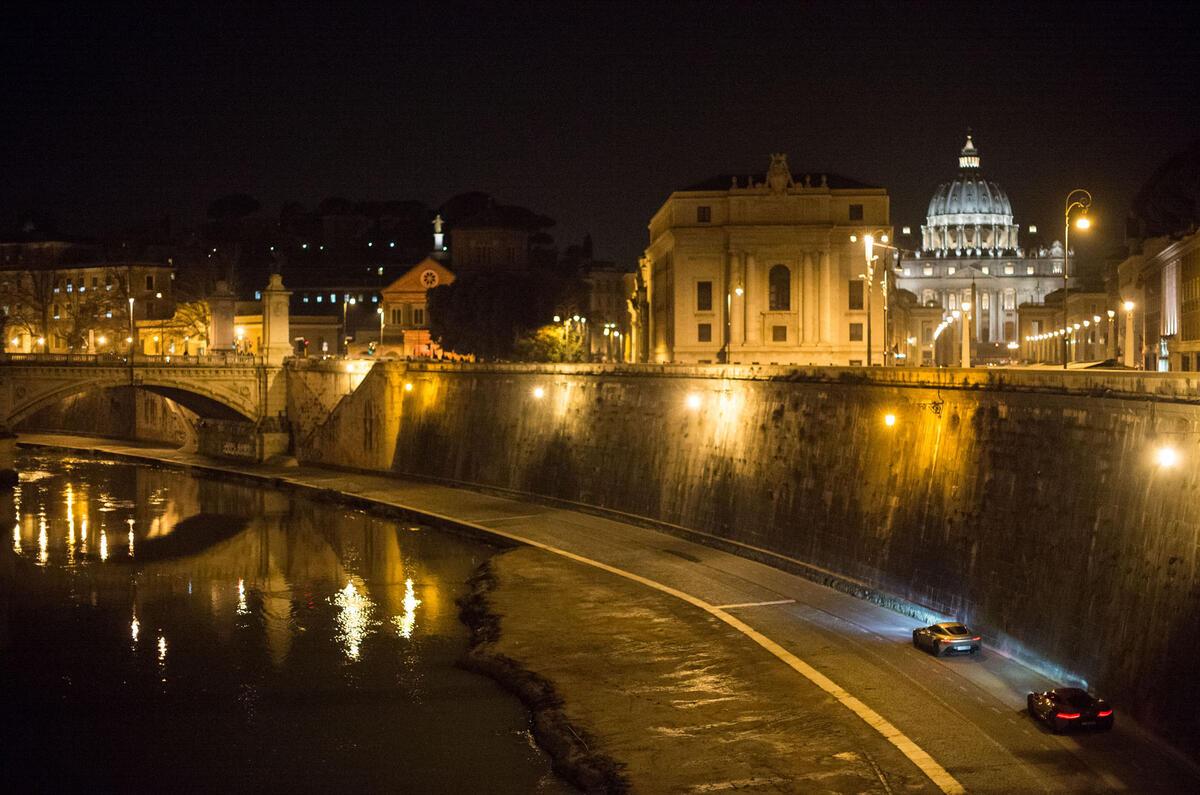
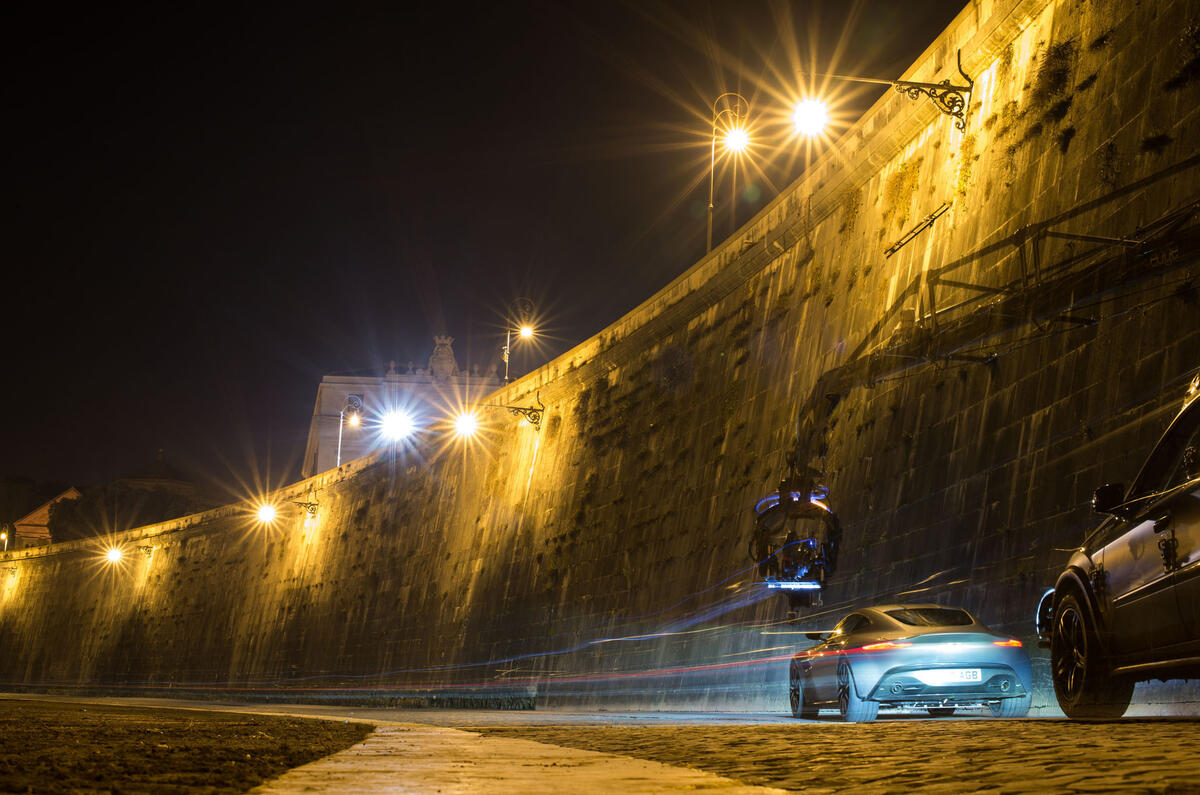
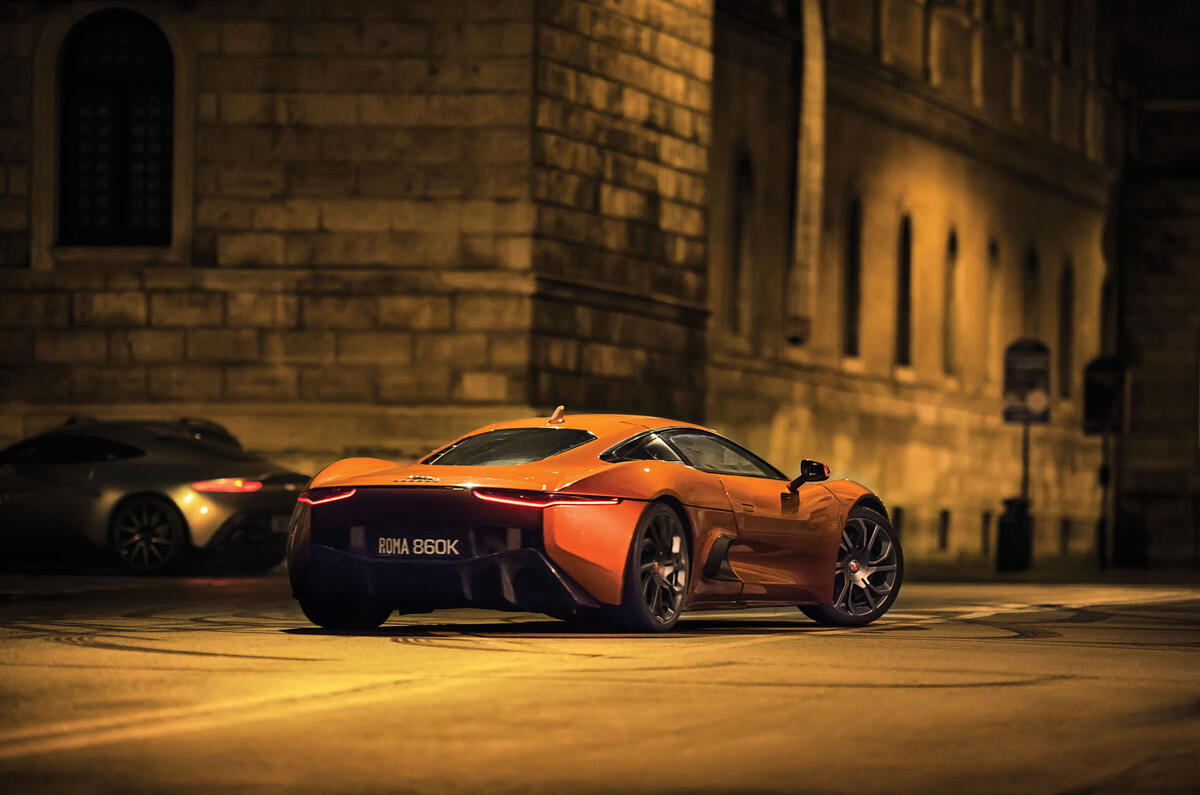
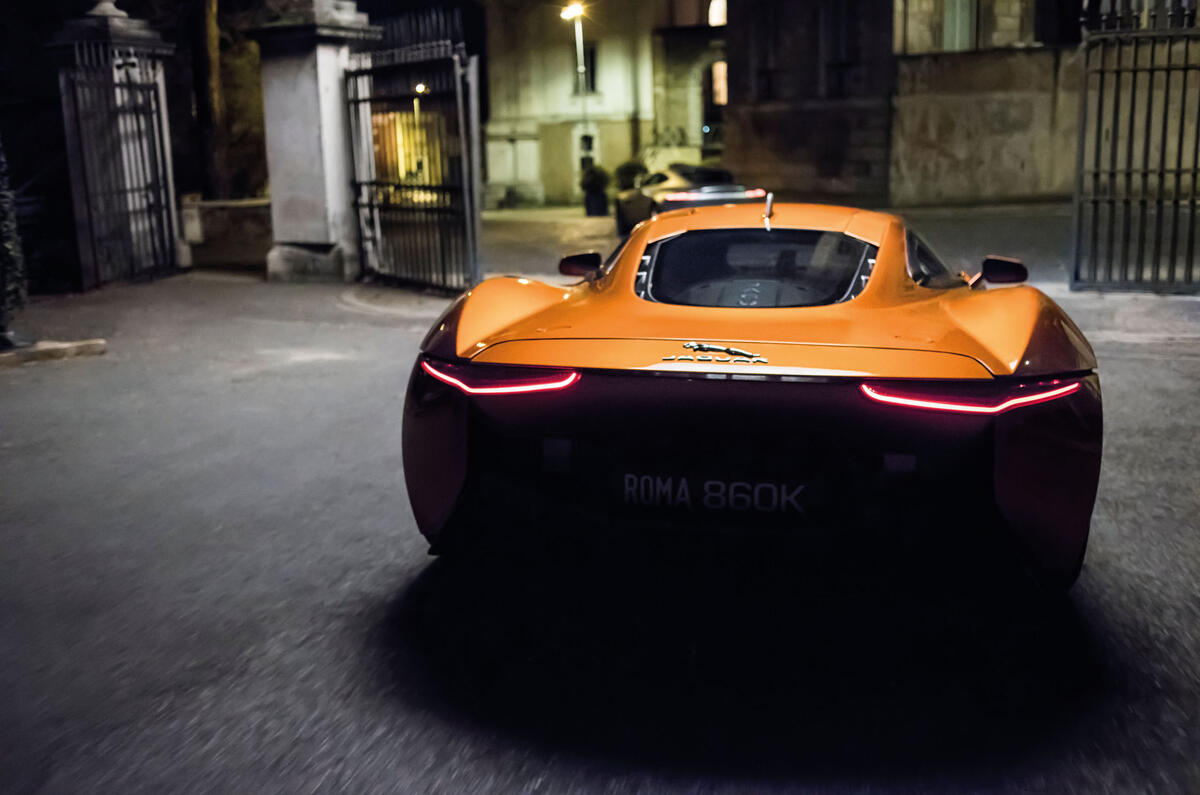


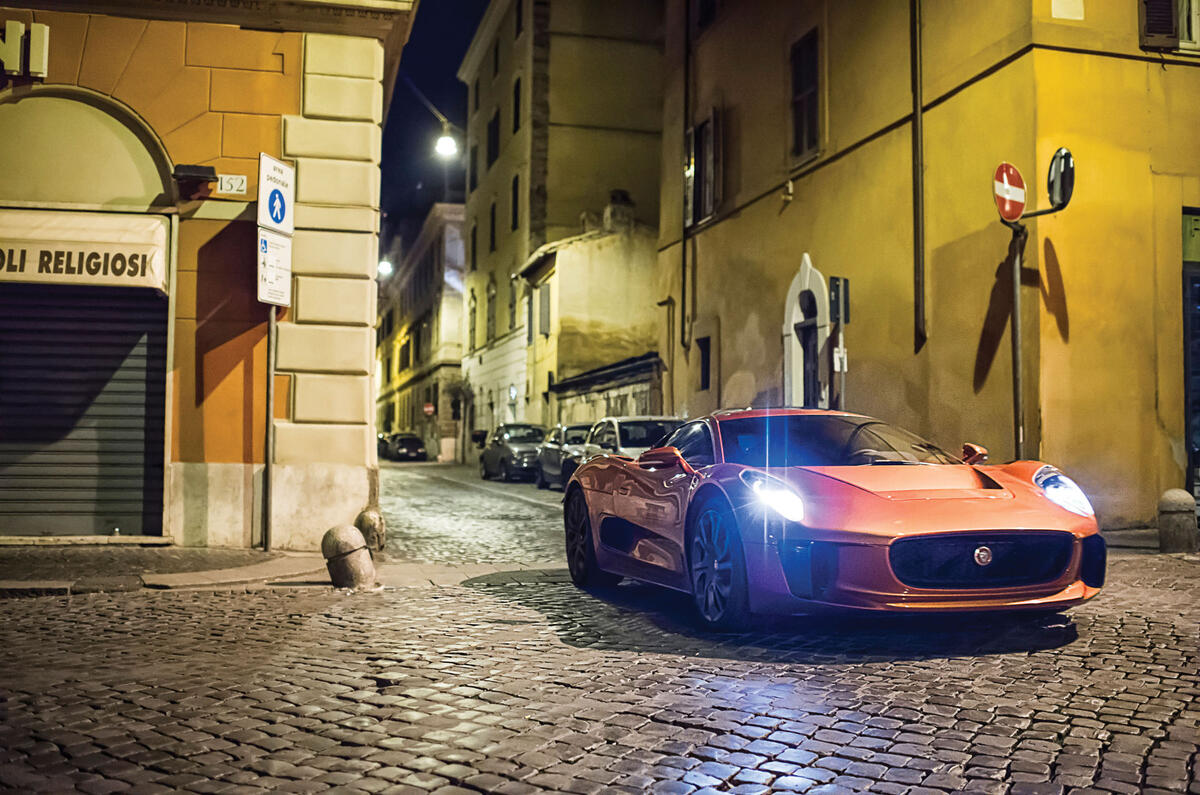
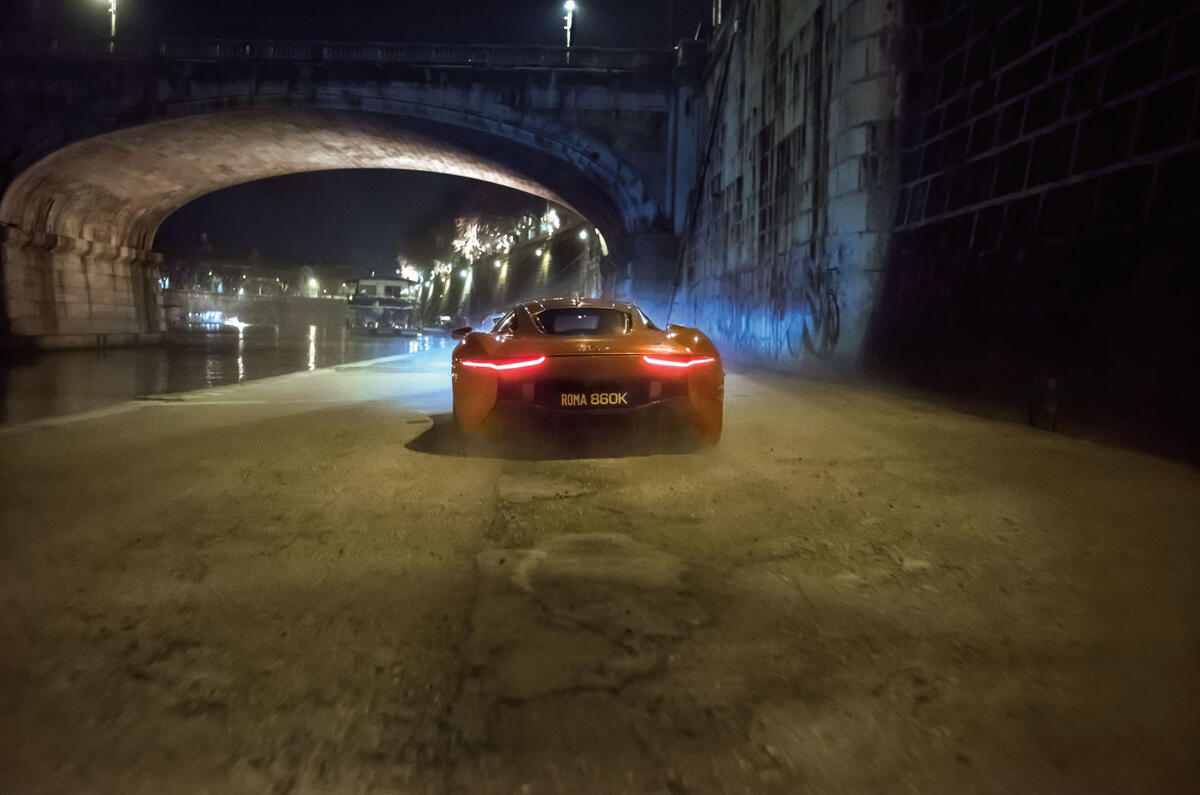
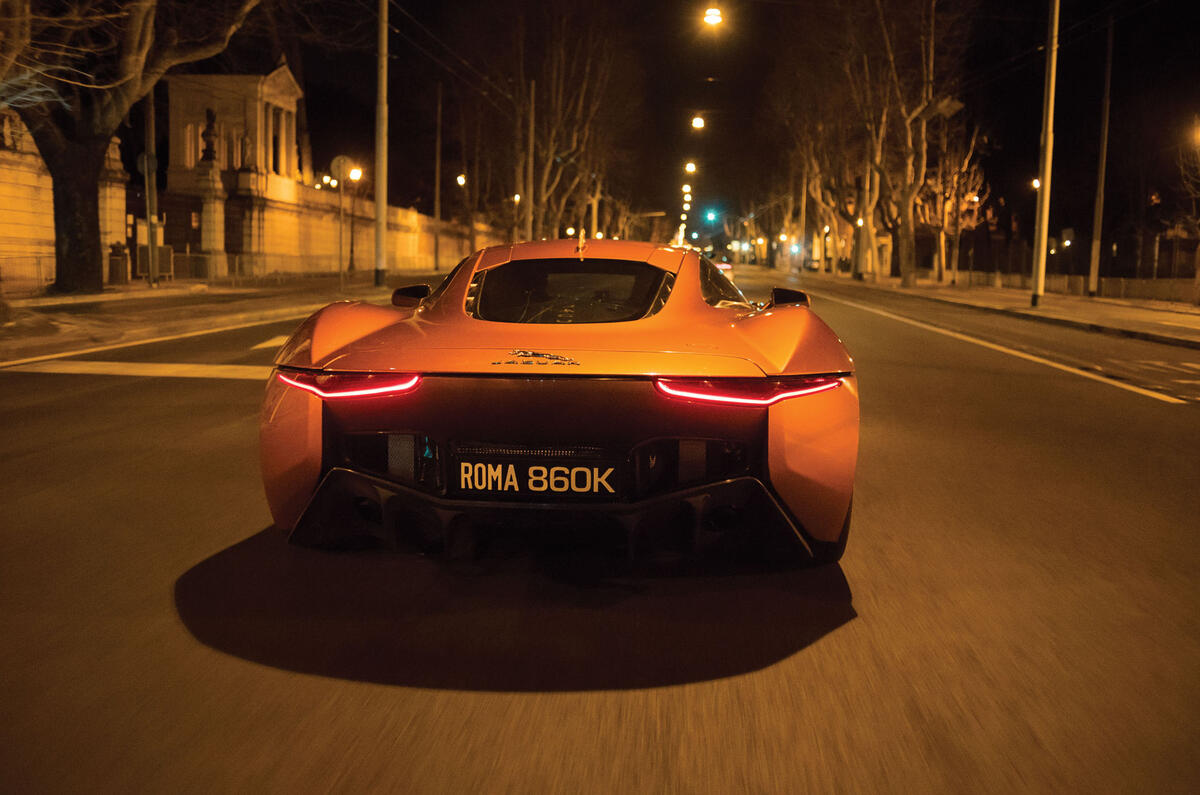
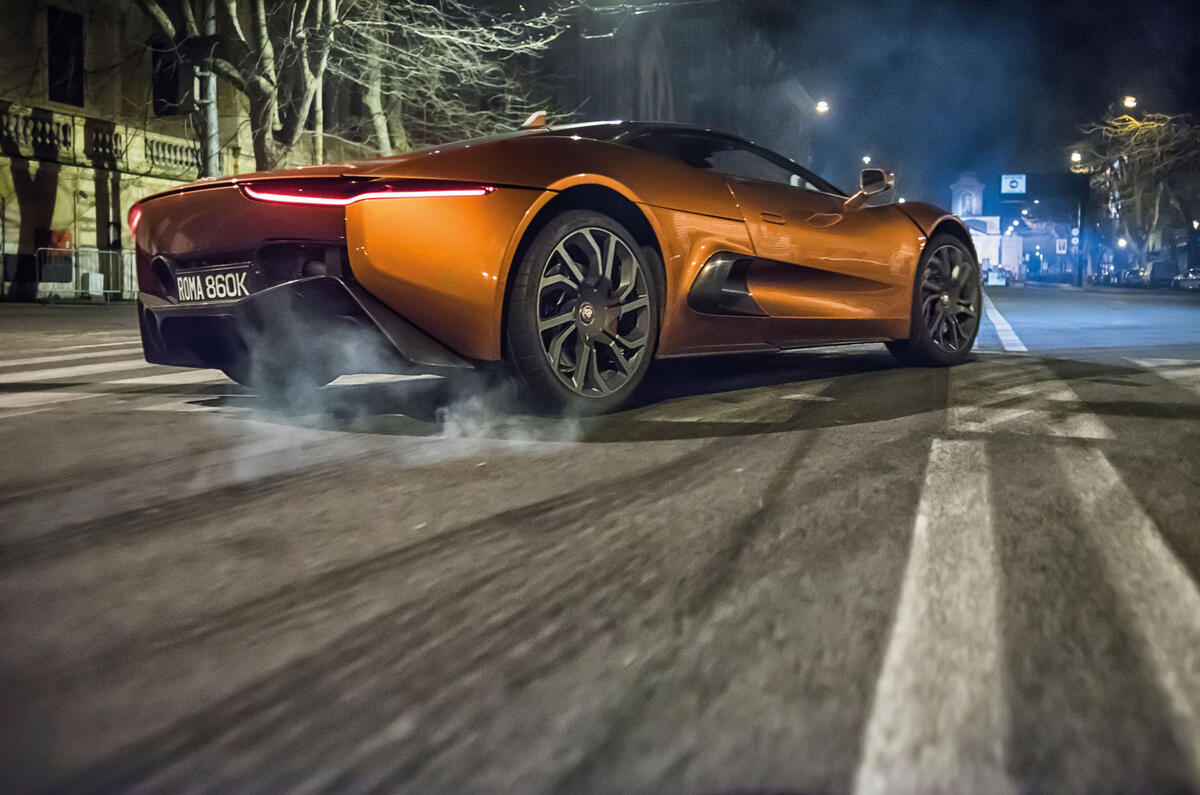
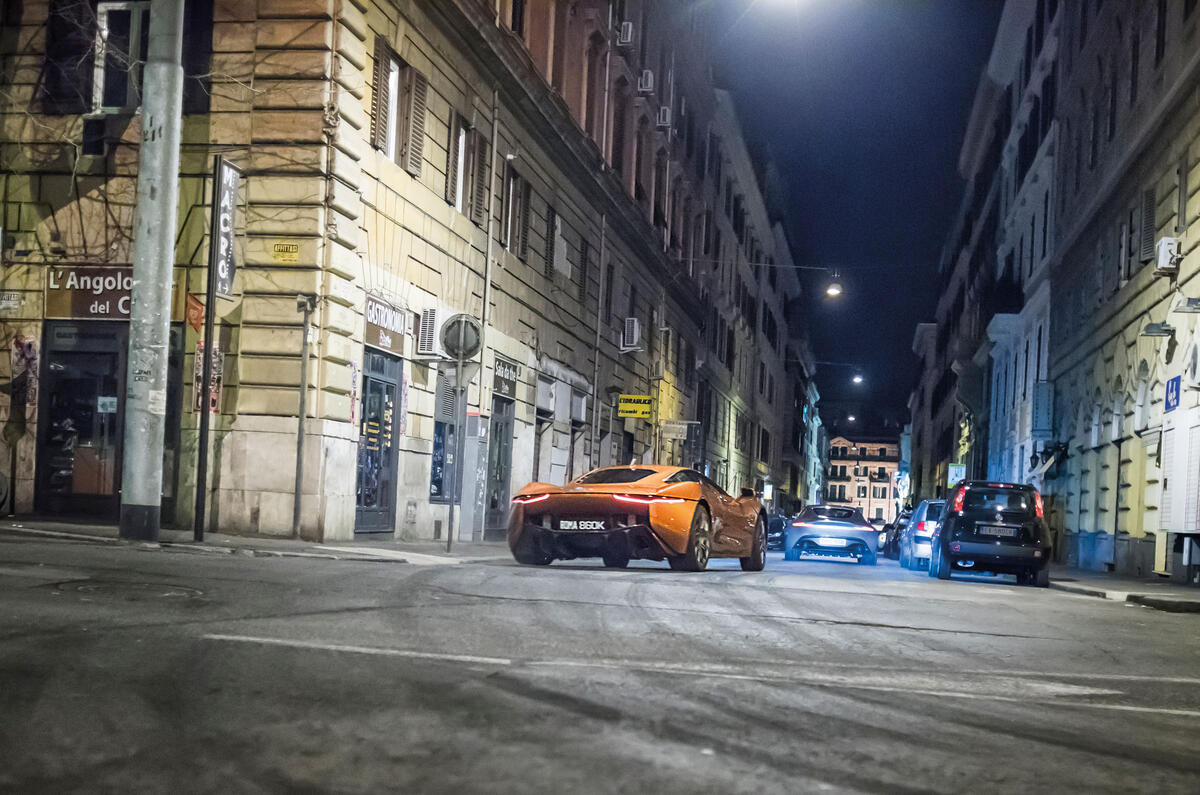
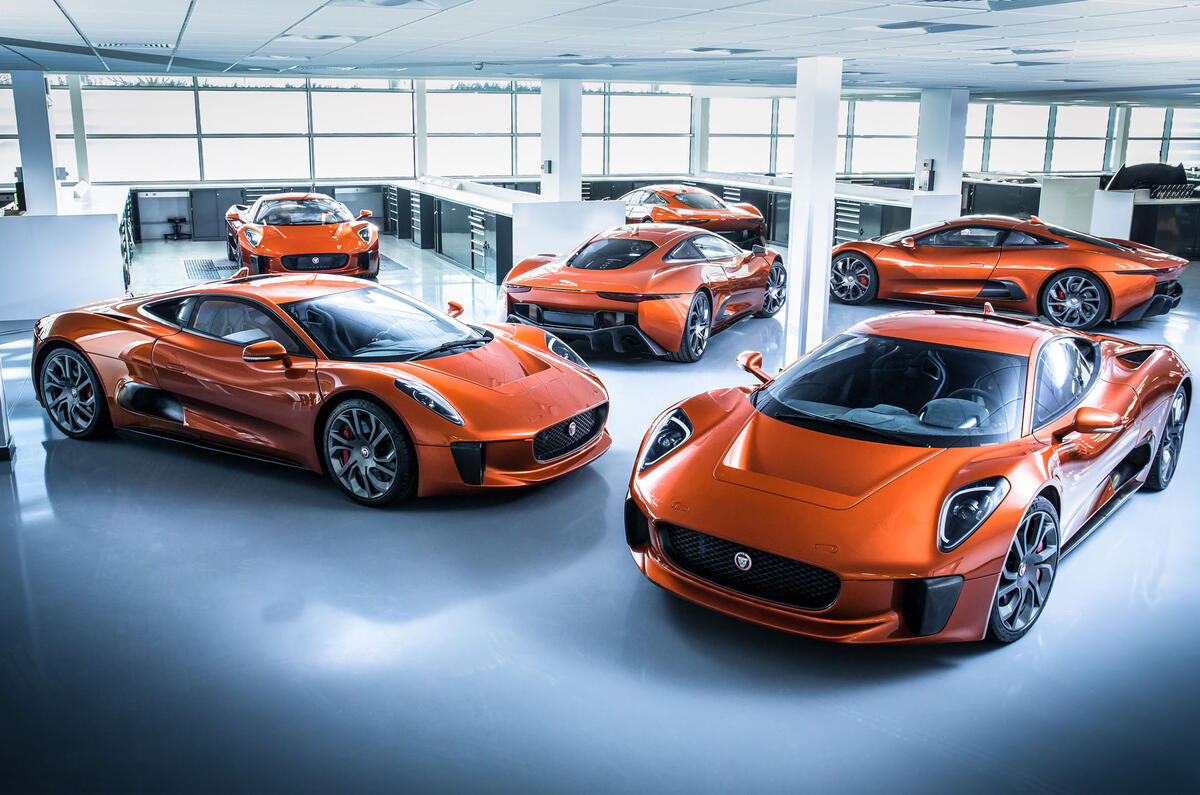
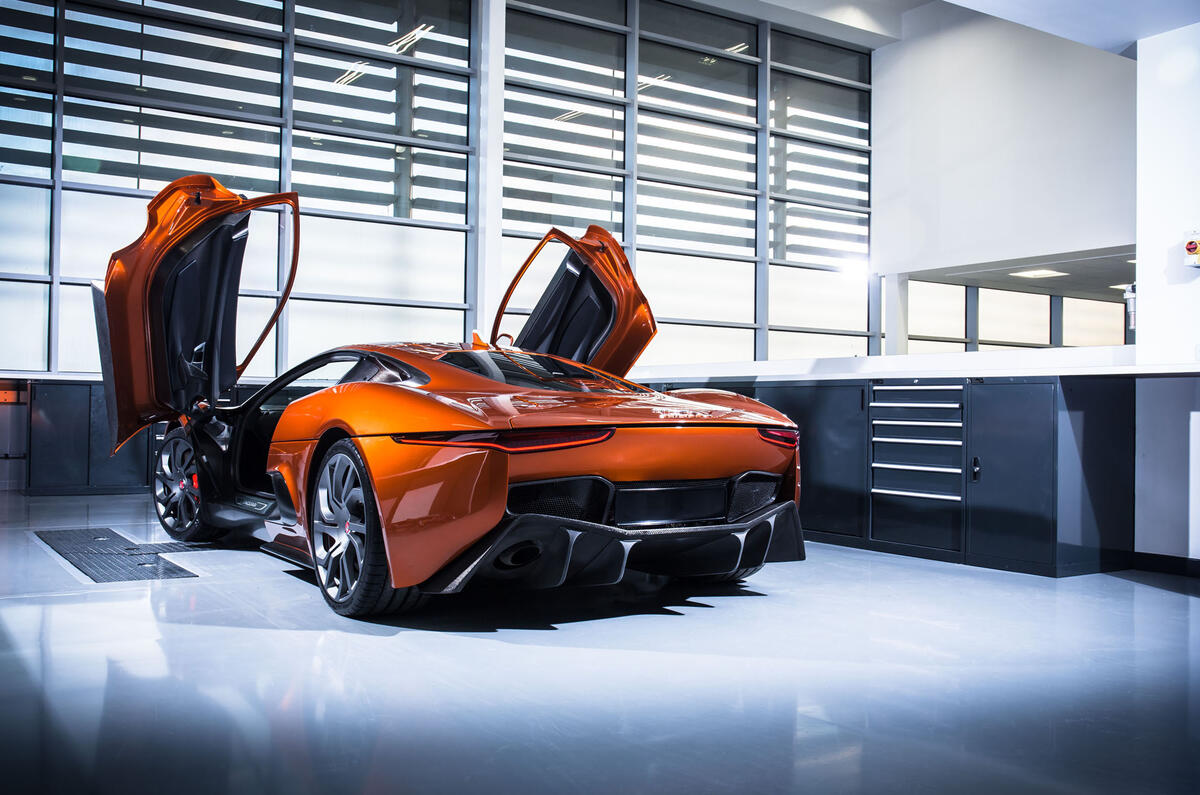
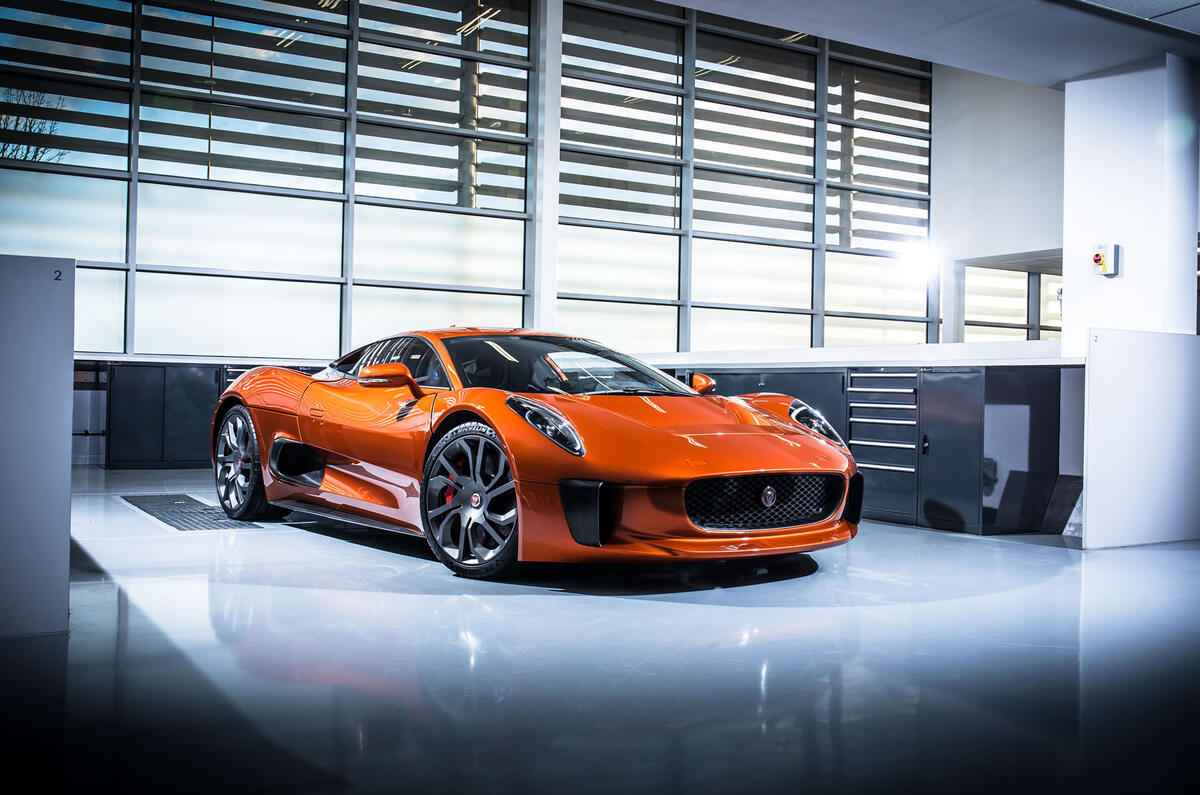
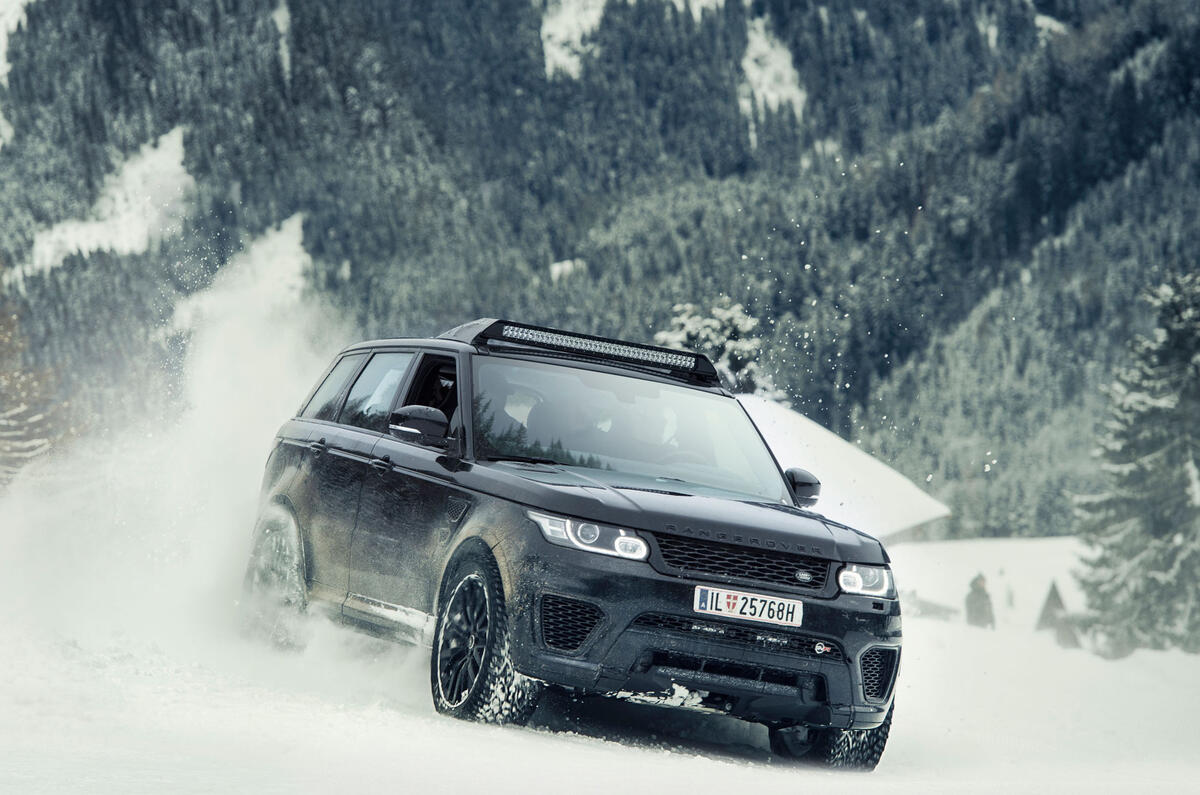

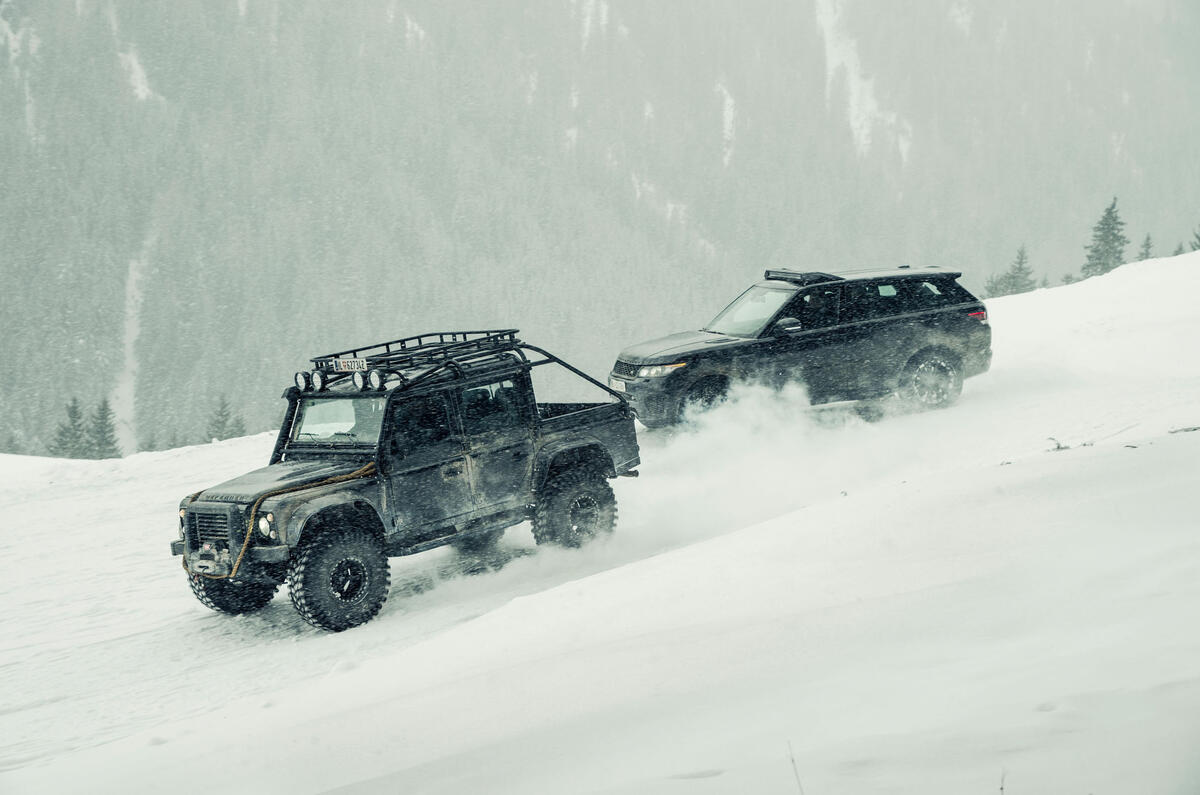
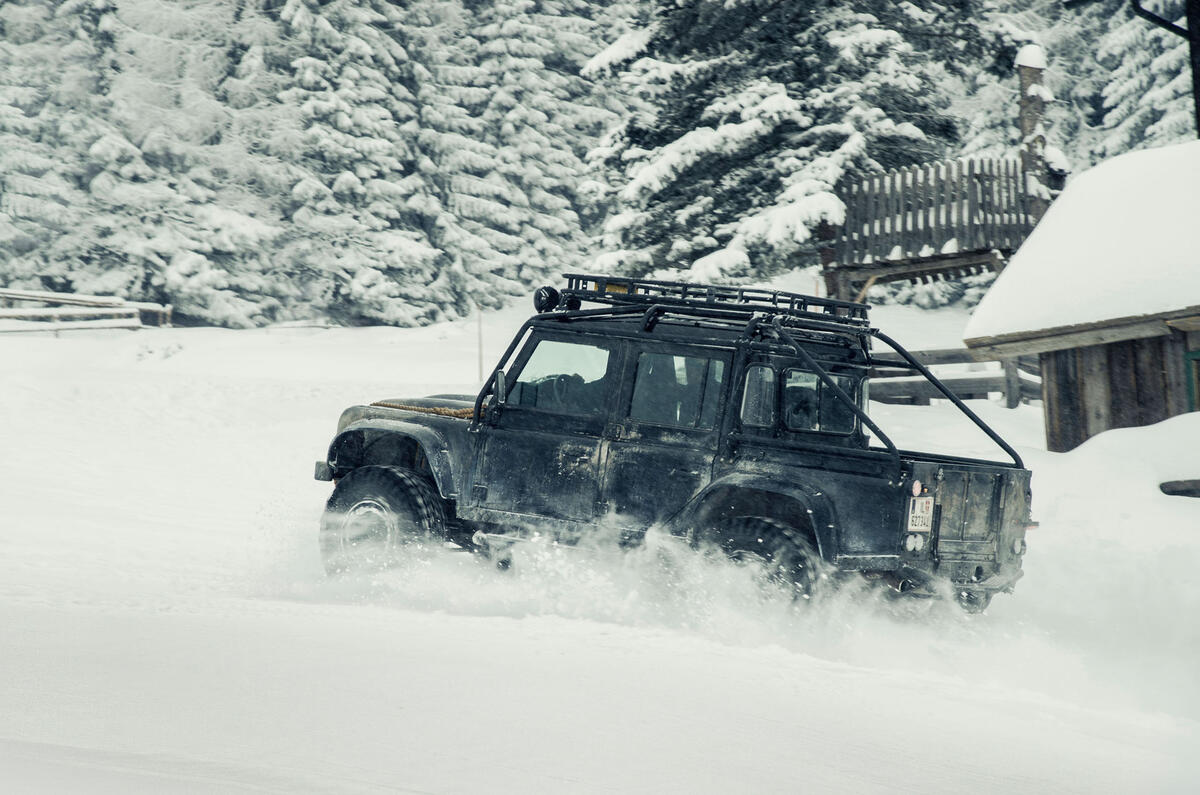
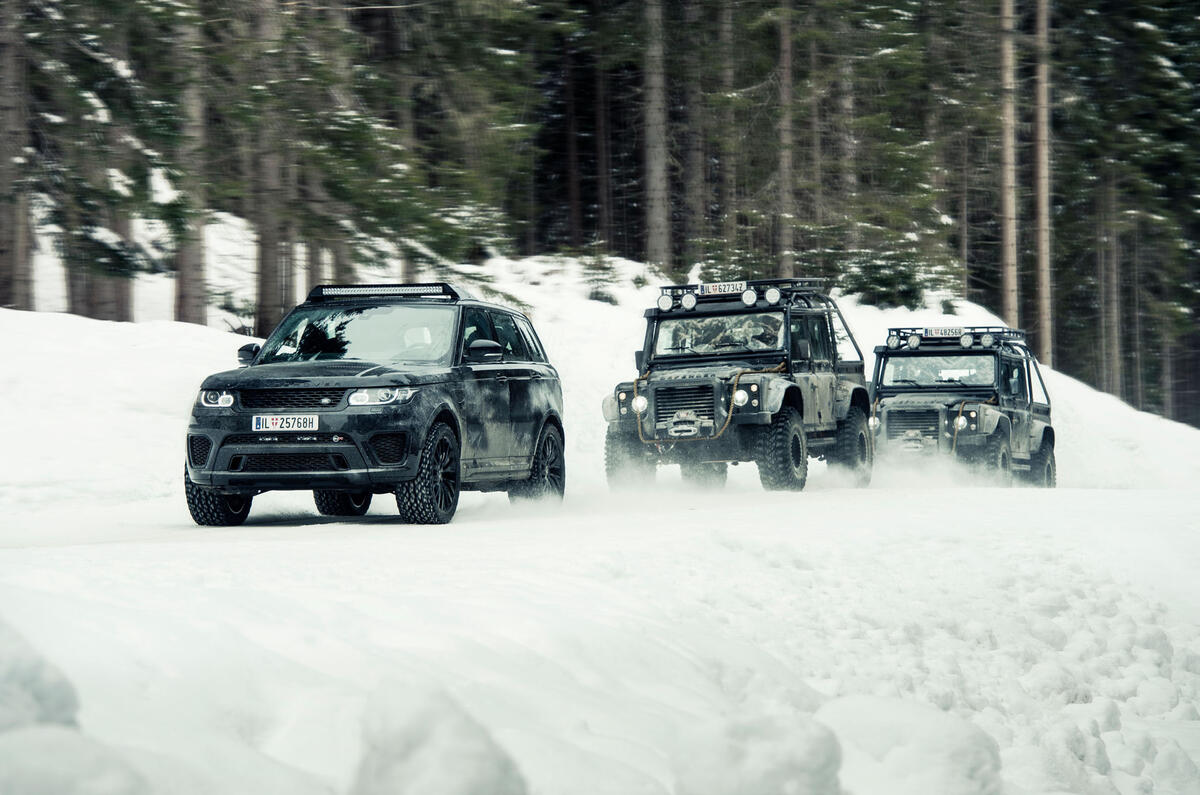
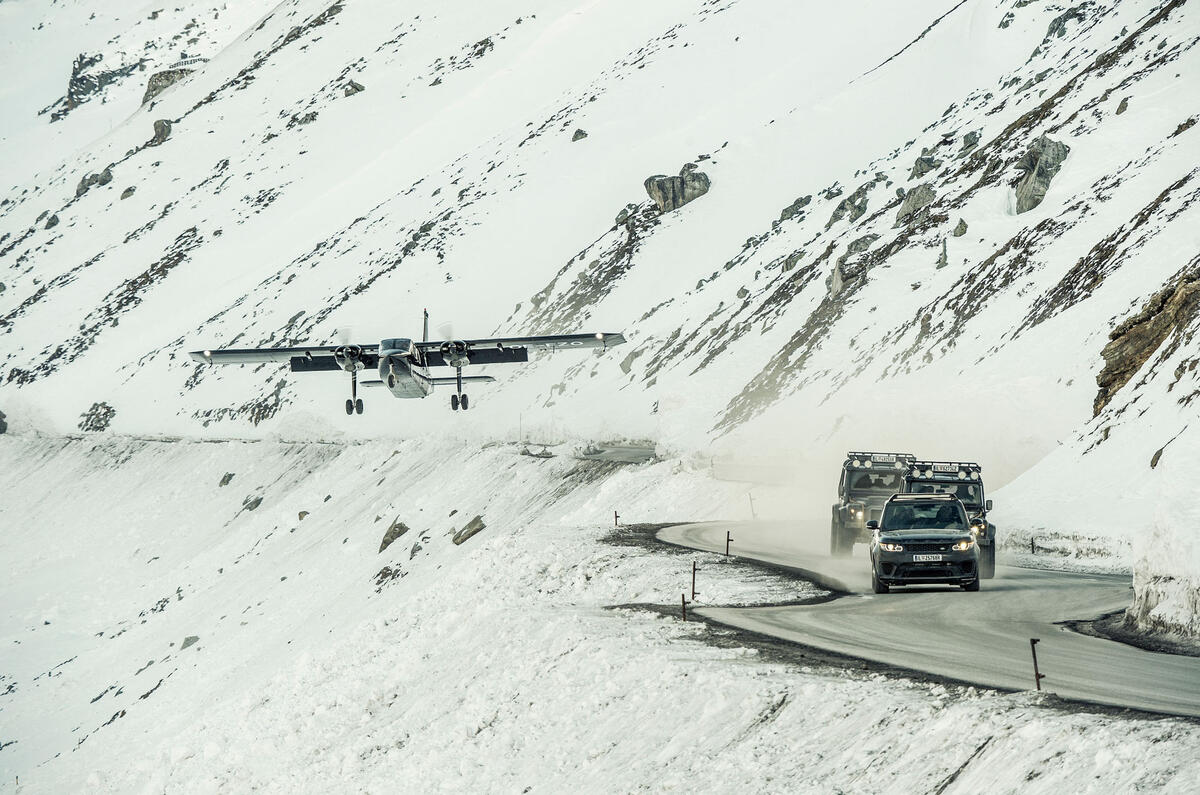
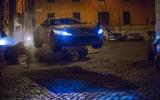

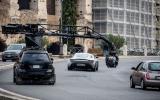
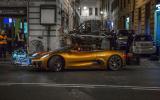

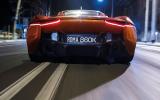
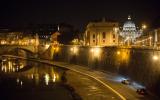
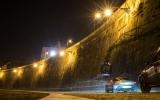
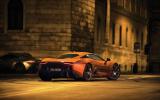
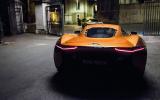
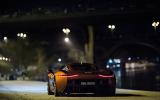
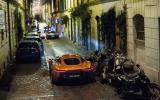

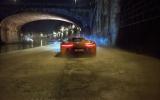
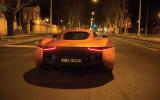
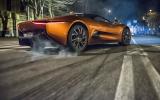
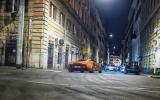
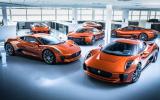
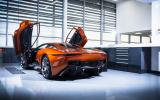
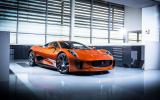
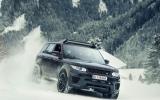
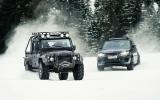
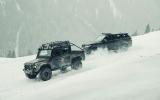
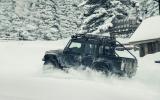
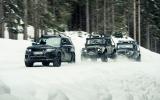



Add your comment